Proving the old adage that what comes around goes around, The Philadelphia Story was originally a Broadway play, then an Oscar-winning motion picture, then it was retooled as a musical version called High Society, which, itself finally became a Broadway musical!
As good as all the iterations are, though, today we’re looking at High Society, the 1956 movie version.
Far from your typical film of the day, High Society, in stunning VistaVision, was presented as an event, opening with a five-minute Overture before the picture even starts.
When it does start, the first person we see is beloved bandleader Louie “Satchmo” Armstrong and his band on a bus headed to perform at a society wedding in Newport, Rhode Island. We know this because Louie sings us the plot of the picture.
At song’s conclusion, he smiles his billion-dollar smile and says, “End of song, beginning of story.”
It’s a fairly simple story, really. A rich divorcee is about to get remarried, only her ex is plotting to win her back just prior to the wedding. His plans are thrown for a loop, however, when a magazine reporter assigned to cover the ritzy nuptials also falls for her.
Part of the great fun in pictures like this one, then and now, is the cast. The original, non-musical version had a top-notch one, with Katherine Hepburn, Cary Grant, and James Stewart. The musical managed to match that by casting the most beautiful woman in films at the time—Grace Kelly—opposite the two most popular male singers of the century up to that point—Bing Crosby and Frank Sinatra.
Crosby was an out and out musical phenomenon, His crooning style dominated the music industry all during the 1930s. If anything, Frank Sinatra had become an even bigger phenomenon in the 1940s. By 1956, even as Elvis came in as the next teen idol, both singers were sill riding high and by then also recognized as first-class movie stars.
In spite of the musical additions and a few incidental changes, much of the film is a straight remake of The Philadelphia Story and Philadelphia-born Grace—in what would be her final motion picture before marrying into royalty and becoming Princess Grace of Monaco—feels letter-perfect in the role of the haughty, headstrong rich girl whose practiced coldness slowly melts as the film progresses. Although absolutely stunning in some glorious fashions, her acting also is on par, with an impressive subtlety in some scenes and over-the-top playfulness in others. This should surprise no one as she had won the Academy Award for Best Actress just two years earlier for The Country Girl.
In The Country Girl, she was married to Bing Crosby, her ex in this one. With nearly a 30-year age difference between them, it does require a bit of suspension of disbelief that they had been married. At 41, Sinatra was a little closer to Grace’s 27. John Lund, who plays her fiancé, is 45. We see that her character has daddy issues, which may explain her interest in older men. Still, that’s more thought than need be put into this type of picture.
Grace does have chemistry with der Bingle, but not much with Frankie or Lund, really.
Oddly, the best chemistry on view here is between Sinatra and Crosby! They each get a couple of forgettable Cole Porter songs to sing but the big set piece of the entire movie is their duet to “Well, Did You Evah?” The song is playful and the singers are, too, but it’s all given a bit of a nudge when you know that Bing and Frank had been rivals for years at that point (at least on the charts). There’s even a line about that in the song. The whole longish sequence stops the movie cold while it lasts but most viewers won’t care. It’s likely to be the song that gets stuck in your head for days.
The other big songs are “True Love,” sung by Bing with Grace and revived years later by Crosby with his daughter, Mary Frances, and “Now You has Jazz,” sung with Armstrong and his band and another one that puts the actual plot on hold while it lasts.
One perfectly innocent song that some may feel hasn’t aged well is “Little One,” where Bing cuddles with and sings to his ex-sister-in-law, young teenager Lydia Reed, about how he wants to marry her. Reed, later a star on TV’s The Real McCoys, is quite good in several scenes focusing on her character. Celeste Holm and Louis Calhern are also memorable.
I was privileged to catch High Society on the big screen in a revival house back in the 1970s. I rewatched it here in 2025 alongside my wife, who had seen it before, and our 27-year-old son, who had not. They both loved it and we talked about it the rest of the night. She said that overall, the picture works as pure entertainment, even if you don’t know the stars. Our son seconded that thought.
The new 13.5 restoration from the original VistaVision negative and the new audio mix in Dolby Atmos, made the revival house screening pale in comparison.
Extras include 1956 premiere newsreel, Cole Porter featurette, a Cinemascope Droopy cartoon short, audio promos featuring the stars, and the original theatrical trailers.
Frank, Bing, and Grace in High Society, nearly 70 years later, still swellegant! Well, did you EVAH? End of Review.
Booksteve recommends.




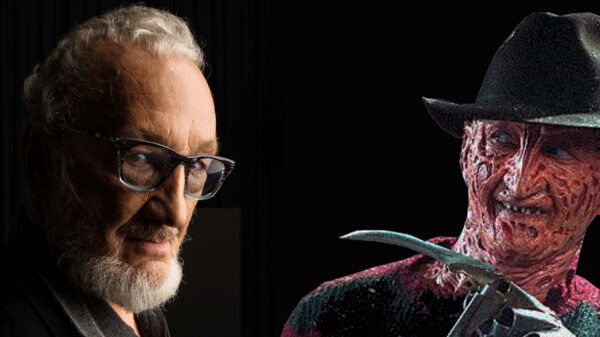

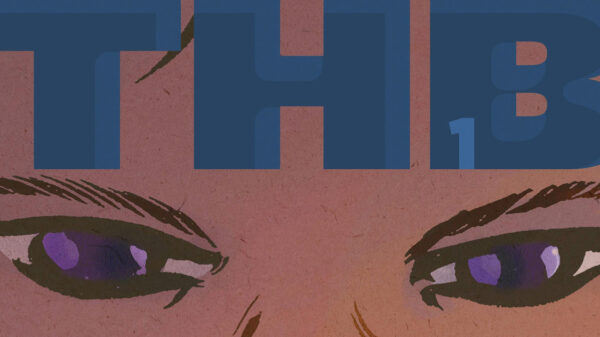


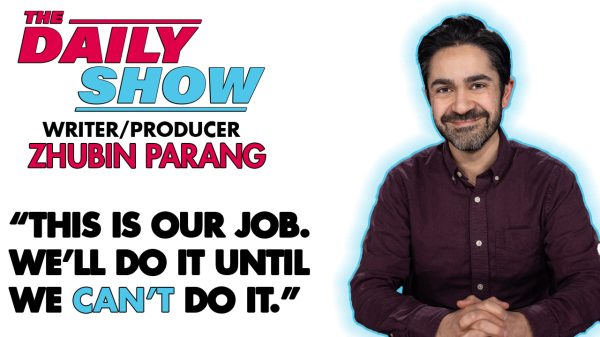

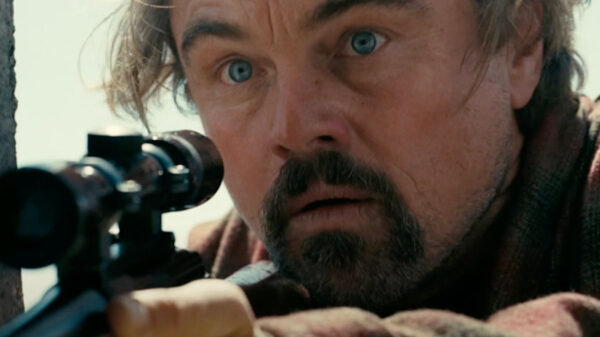
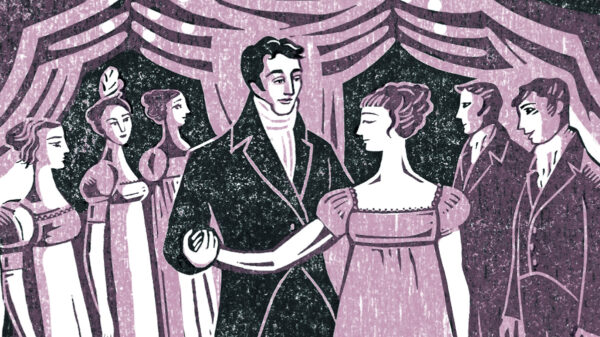
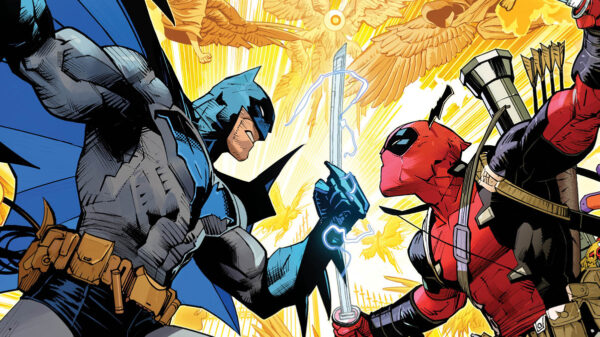
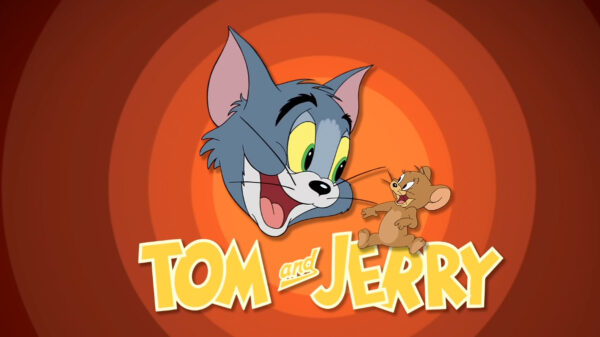





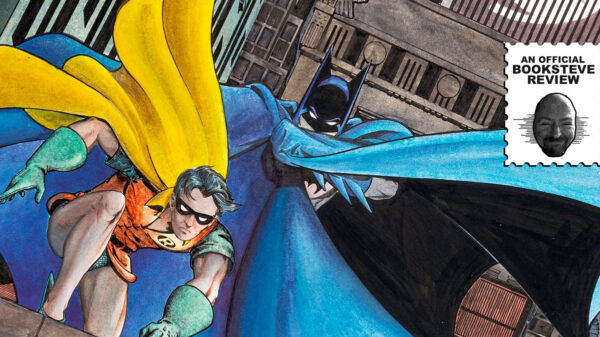
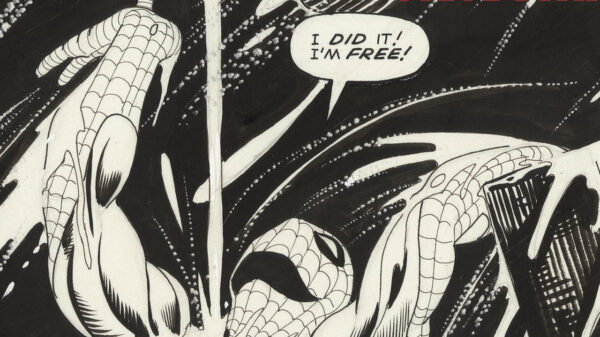
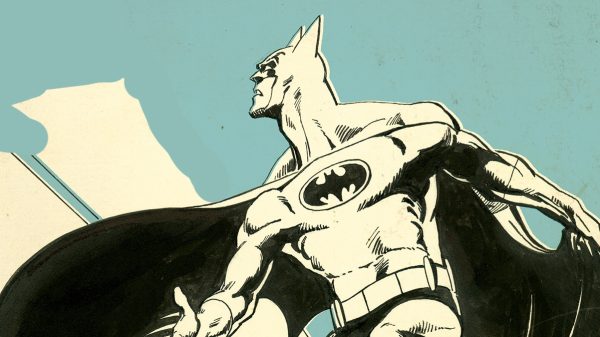

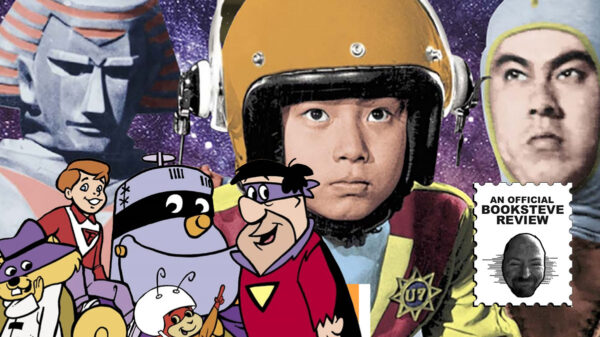
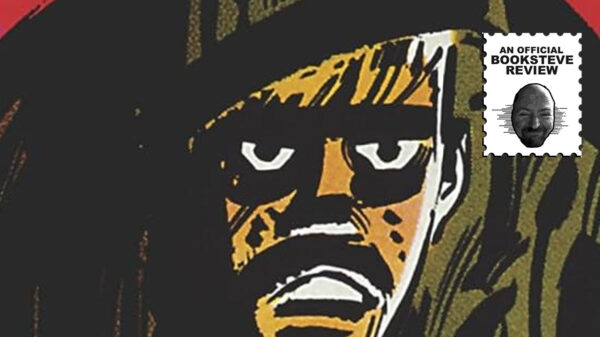
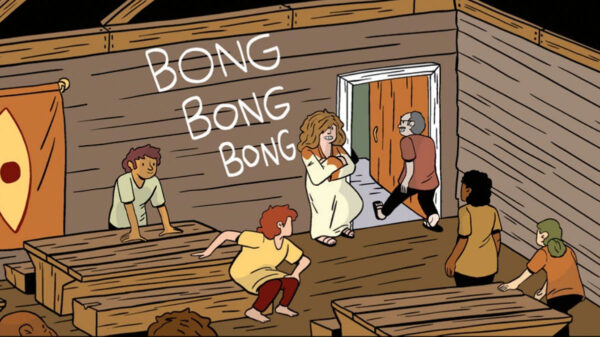
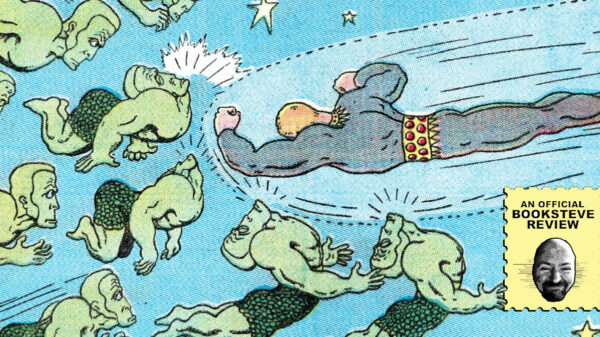
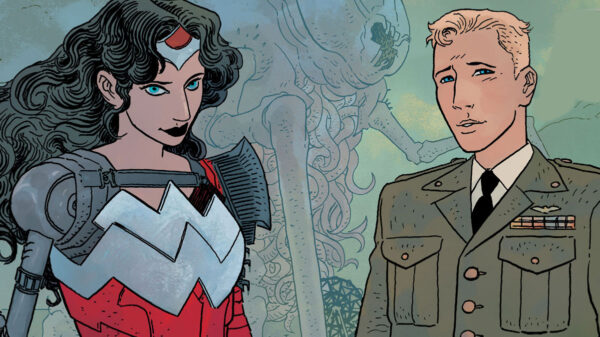









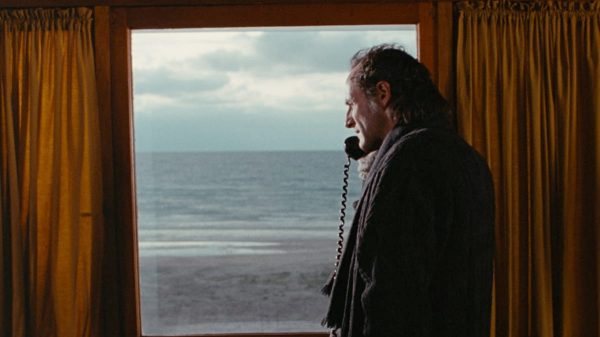
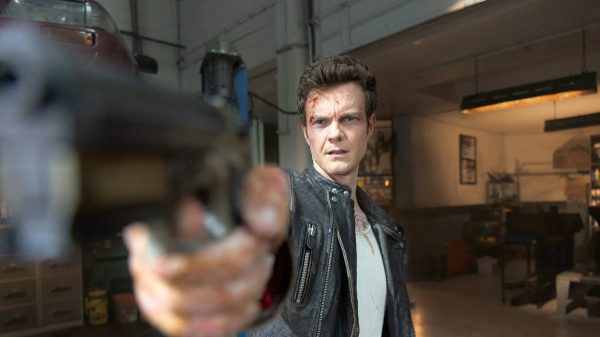
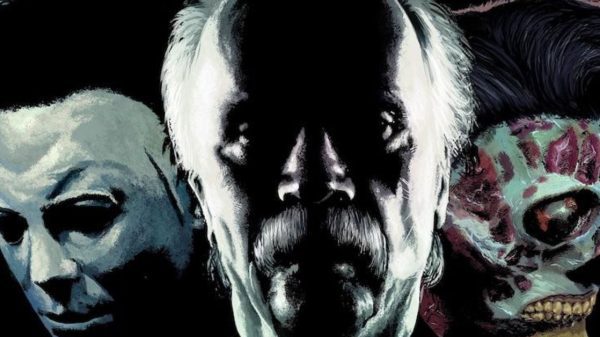
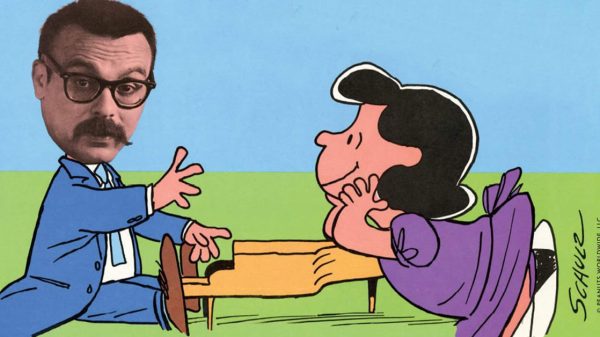
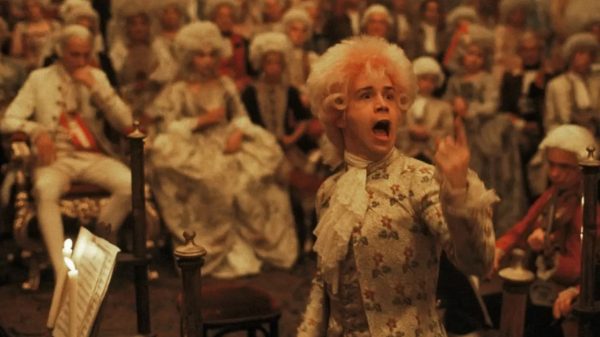











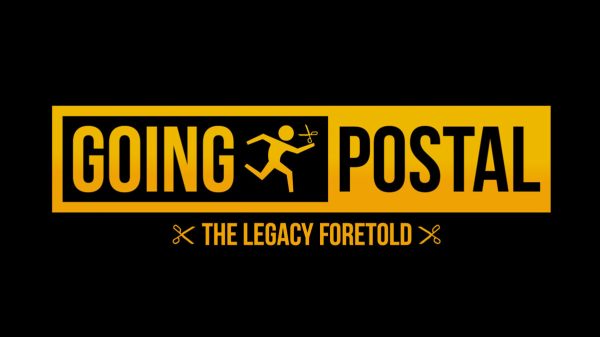

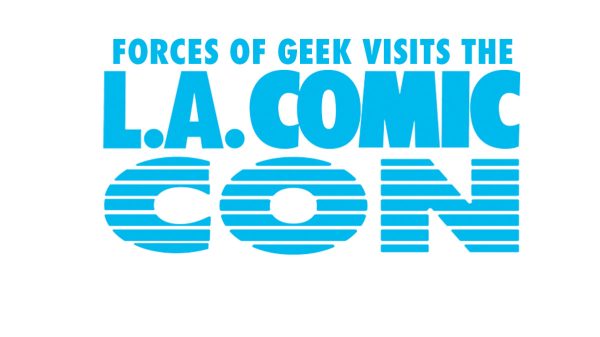
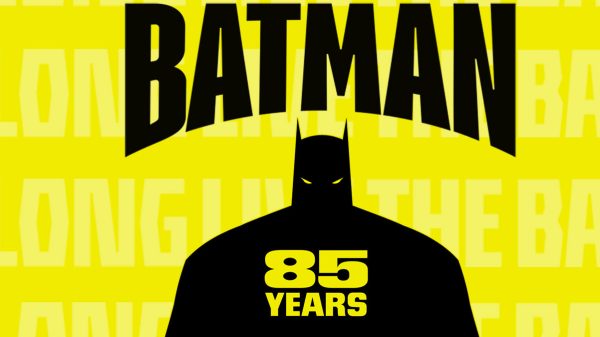


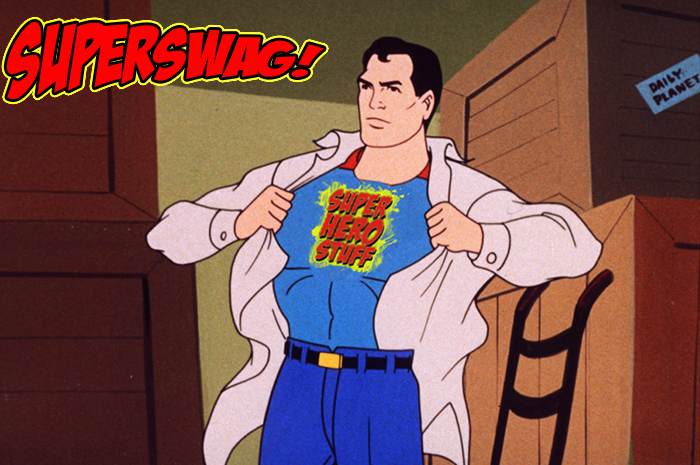


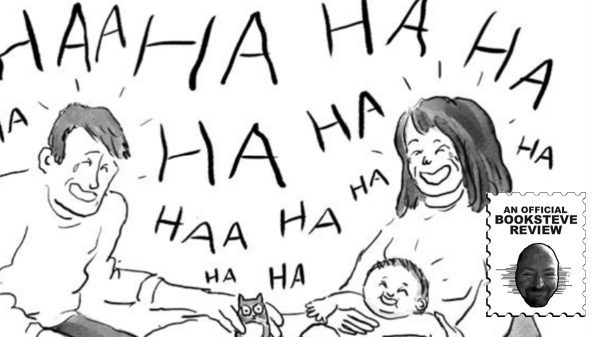



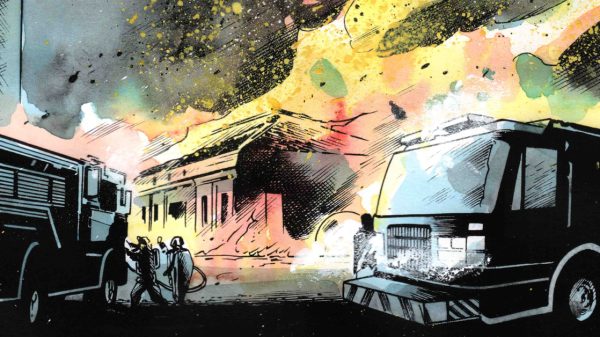




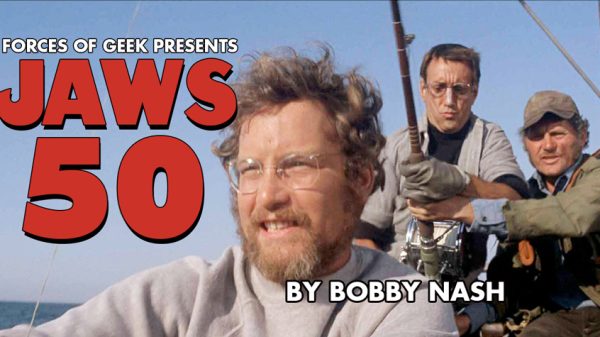









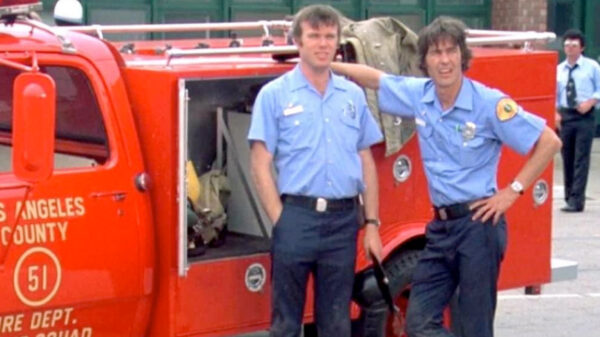
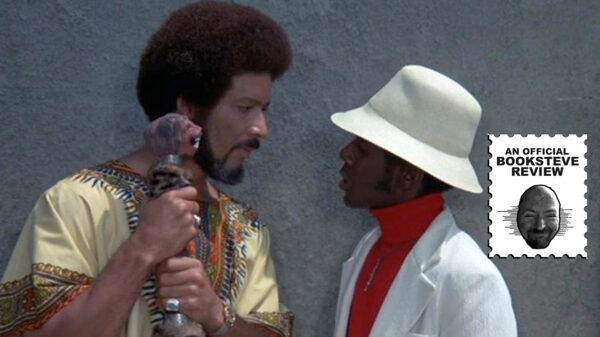
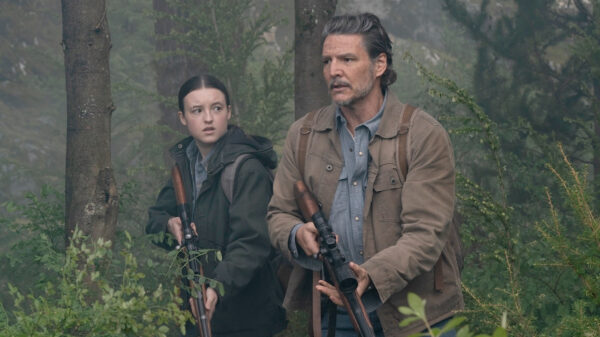




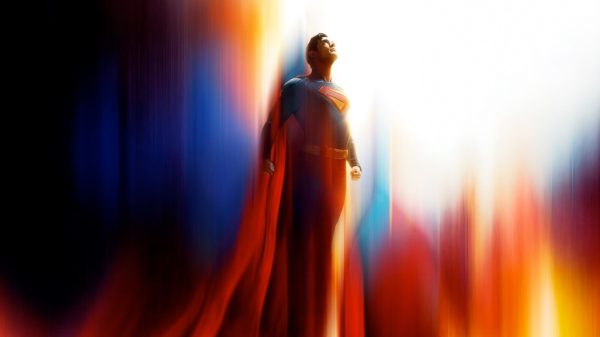
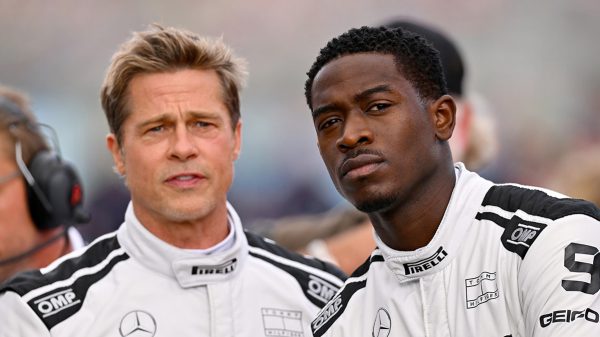




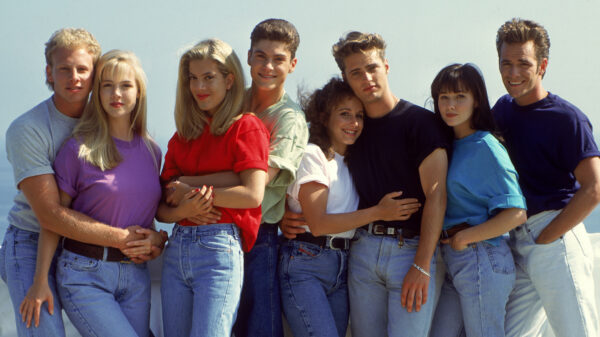
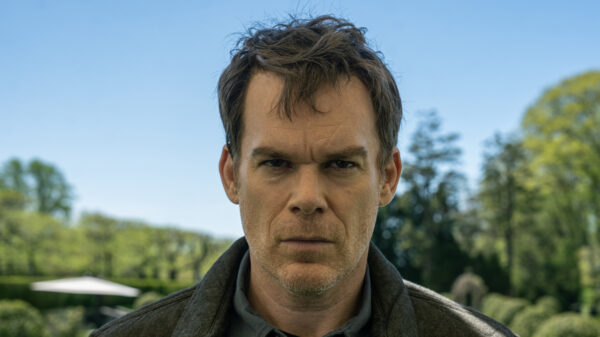
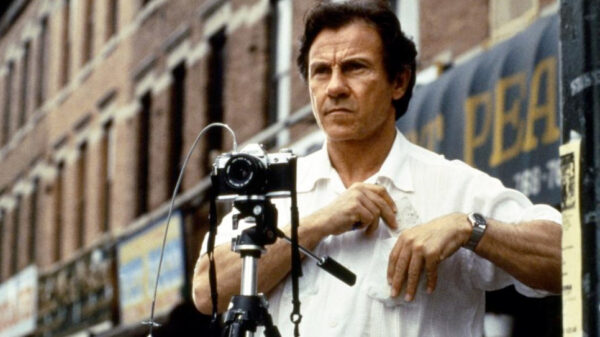
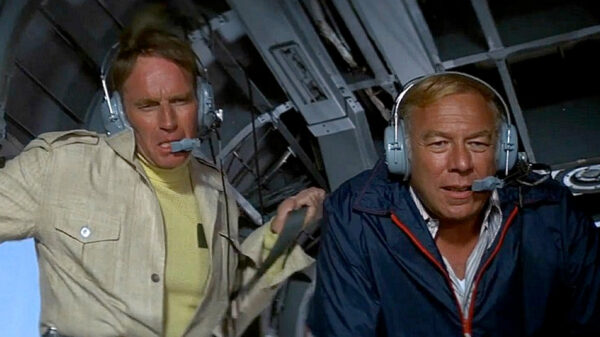





You must be logged in to post a comment Login